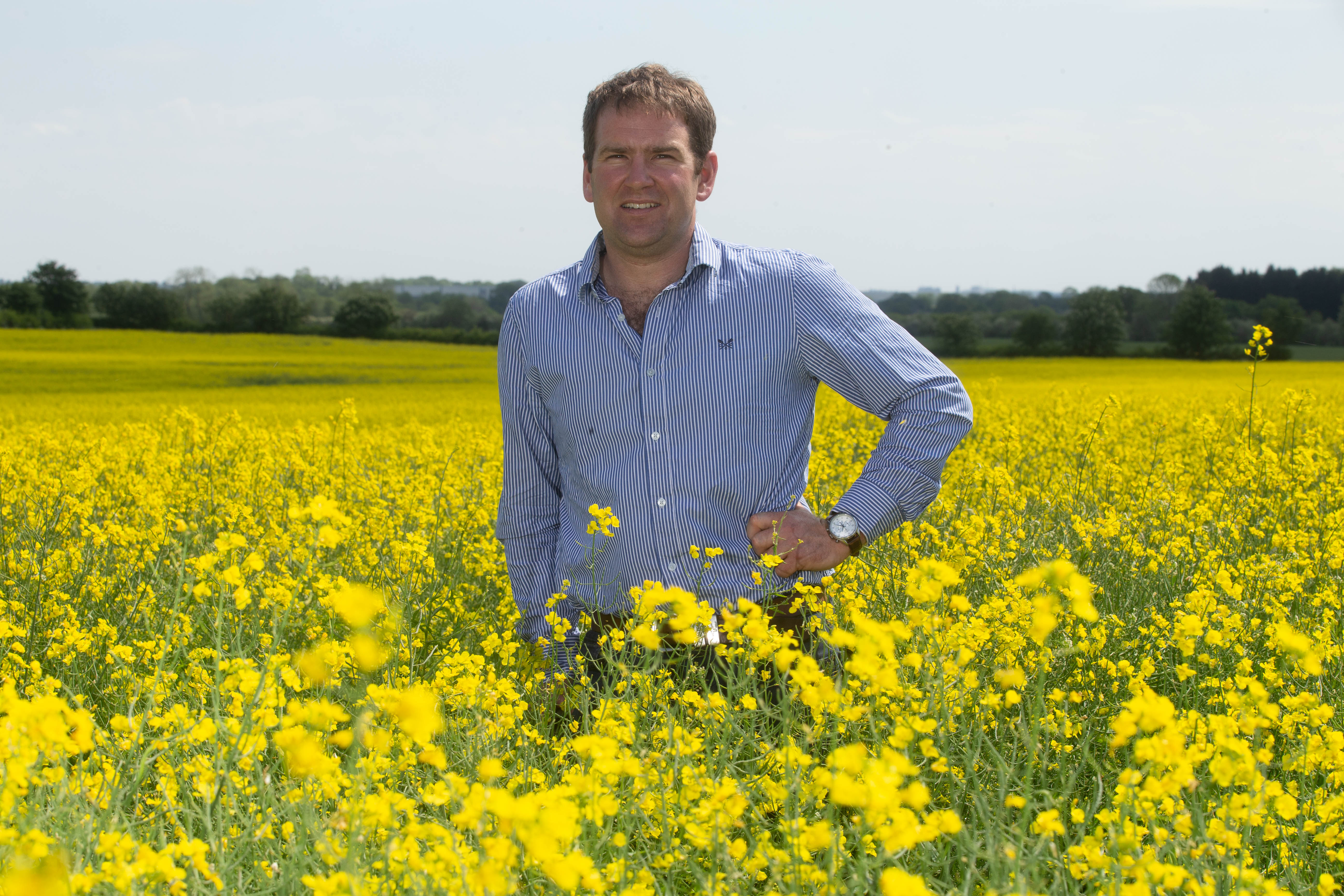The integration of sheep to arable land
- Michael Kavanagh

- Feb 1, 2022
- 2 min read
By Michael Kavanagh, Shropshire farmer and founding member of the Green Farm Collective.
Cutting concentrates
I have been growing cover crops for six years now where spring cropping is planned. I use a ten-species mix which is then grazed by sheep. If it’s winter cropping planned, and I have at least a six week window, I will plant something cheap, usually out the shed like oats and beans which is, usually, also grazed.
My confidence has grown significantly in how I can utilise cover crops, and for the last couple of years I have finished every lamb on the farm without using any concentrate feeds at all. From around 450 ewes, 90% of my lamb ends up in a local farm shop, with the remainder going to local butchers.
Historically, I’ve fed concentrates to ewes for 12 weeks, six weeks pre and post lambing because, dare I say it, that’s what I’ve always done.
Braveness Test
Last year I conducted my first ‘braveness test’, conventionally known as a trial, and stepped outside the generic farming box, where a batch of twin lambs weren’t fed any concentrates at all. Contrary to some expert advice, lamb birth weights were excellent, and ewes milked as well as I could have hoped.
Admittedly, there is no science behind these observations, just a lot of years of shepherding experience telling me all was well and ewes were in good condition. Therefore, this year, all twins will be grazed on covers crops prior to lambing and fed no concentrates. This leaves fresh grassland for them to lamb on from mid-April onwards. Singles will be kept on grass and only grass, while triplets will still be fed some concentrates and will be grazed on cover crops. Perhaps next year I will be brave enough to knock the triplets entirely off concentrates.
The how and why
There are two main factors allowing me to do this. The first is the inclusion of quinoa in my rotation. This can be drilled very late in the spring (last year 26th May) which leaves me the acres of cover crops to graze well into the spring.
The second is breed. The Lleyn ewe is a hardy yet prolific and milky Welsh sheep that does not need mollycoddling at the best of times – they do so well that I have to be careful not to let ewes get too fat on covers. I would not be brave enough to try this system with a high input ewe such as a mule.
I am not in the market for pushing every lamb as hard as I can for faster finishing and processing for two reasons.
Firstly, the sheep are a very useful tool to process my cover crops
Secondly, because I supply a farm shop who pay a premium price for ‘grass fed’ lamb, so I am happy to send him lambs every fortnight.
Continuing the subject of the sheep being a useful tool, in my next blog I will cover the benefits I’m seeing from them to our arable enterprise.


















Comments